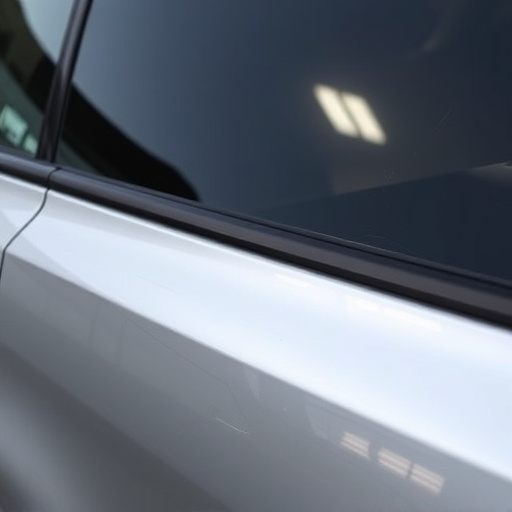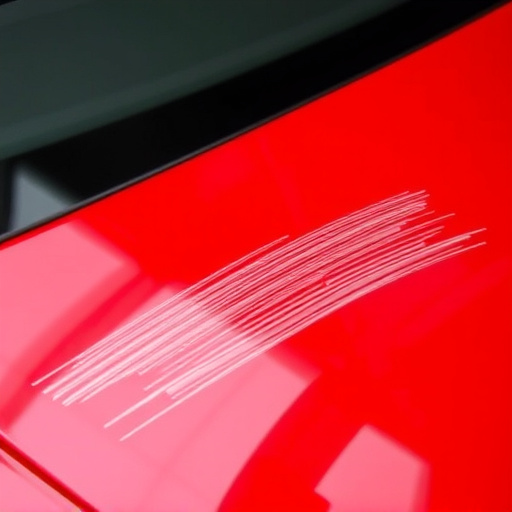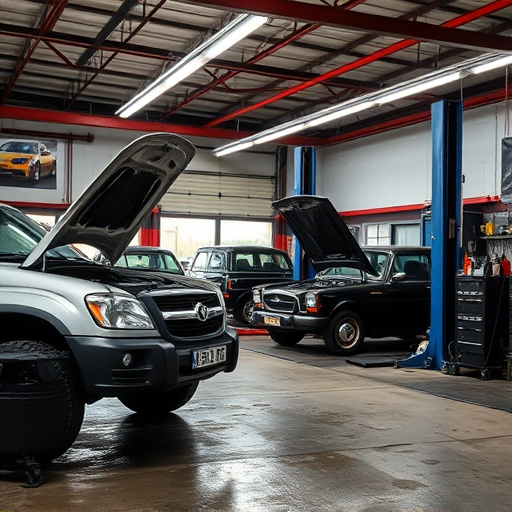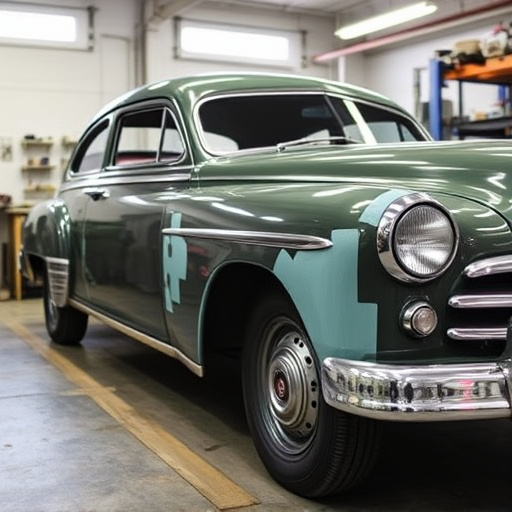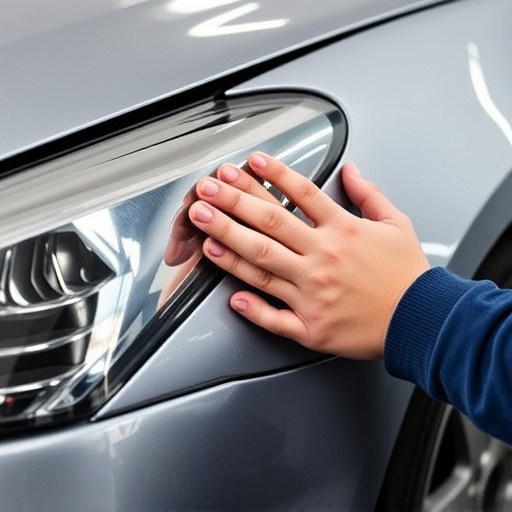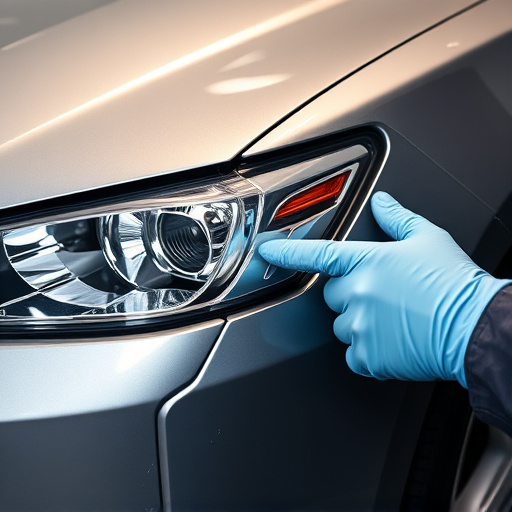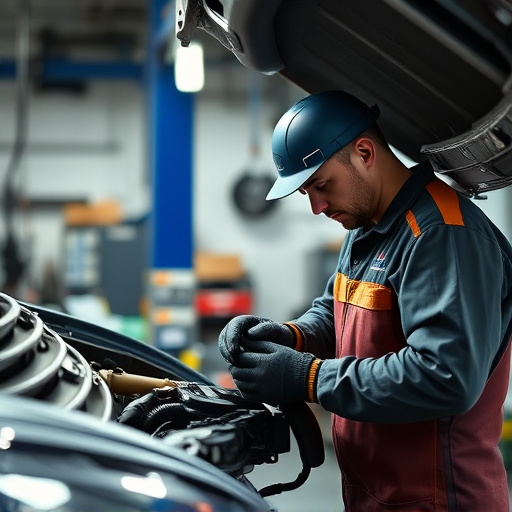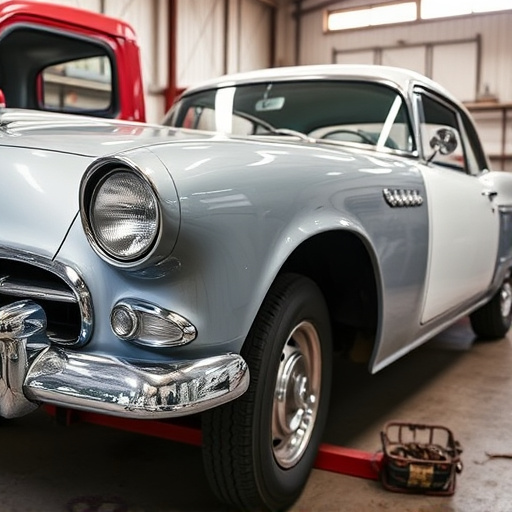The rise of electric vehicles (EVs) necessitates focused attention on pedestrian safety features repair due to their unique dynamics and specialized components, including lower battery packs. EV repairs demand precision to maintain alignment and functionality of safety features like airbag systems and sensors. Specialized automotive services are crucial for integrating enhanced visual and tactile cues, such as improved lighting and reflective materials, mitigating risks in urban areas with high foot traffic. Collision centers must invest in training and tools to safely repair EVs while preserving critical pedestrian safety components.
Electric vehicles (EVs) are transforming transportation, but their unique design presents specialized challenges for pedestrian safety. As EV adoption grows, understanding these differences is crucial for ensuring safe interactions between electric cars and pedestrians. This article explores the distinct considerations in pedestrian safety features repair for EVs, including specialized components and evolving maintenance strategies. By addressing these concerns, we can enhance overall safety and promote public acceptance of this emerging technology.
- Unique Challenges of Electric Vehicles for Pedestrians
- Specialized Features for Safer Interactions
- Impact on Maintenance and Repair Strategies
Unique Challenges of Electric Vehicles for Pedestrians

Electric vehicles (EVs) present unique challenges for pedestrian safety that require specialized attention during repairs and maintenance. Unlike traditional internal combustion engine vehicles, EVs have different collision dynamics due to their powerful electric motors and advanced propulsion systems. This can lead to more severe and unpredictable outcomes in accidents involving pedestrians. For instance, the instant torque of electric motors means EVs can accelerate quickly, potentially increasing the speed and force of impact for pedestrians.
Furthermore, the battery packs and other electrical components in EVs are often located lower in the vehicle frame, which can alter the distribution of energy transfer during a collision. This configuration may result in different patterns of damage compared to conventional cars, necessitating specialized knowledge and equipment for safe disassembly and repair. Repairs that involve frame straightening or luxury vehicle restoration require precision to ensure pedestrian safety features are properly realigned and functional, minimizing risks to vulnerable road users.
Specialized Features for Safer Interactions

In the transition to electric vehicles (EVs), ensuring pedestrian safety features repair becomes paramount. Unlike conventional vehicles, EVs often lack audible signals like engines, making visual and tactile cues even more critical for safe interactions between pedestrians and vehicles. Specialized features such as enhanced exterior lighting, improved reflective materials in vehicle bodywork, and advanced sensors can significantly mitigate risks. These features not only help pedestrians anticipate the movements of EVs but also enable drivers to detect and respond to nearby individuals more effectively.
Automotive repair services specializing in EV maintenance play a crucial role in integrating these safety enhancements. With tailored car bodywork services, repairs, and upgrades, experts can ensure that each vehicle is equipped with the latest pedestrian safety features. Regular maintenance and timely repairs are essential to keep these critical systems functioning optimally, thereby fostering a safer environment for everyone on the road, especially in bustling urban areas where foot traffic is high.
Impact on Maintenance and Repair Strategies

The shift to electric vehicles (EVs) is transforming the automotive landscape, but it brings unique challenges for maintaining and repairing pedestrian safety features. Unlike conventional vehicles, EVs have distinct design considerations that require specialized knowledge and equipment during collision center or automotive body shop repairs. For instance, EV battery packs are more complex and sensitive than traditional engines, necessitating careful handling to prevent damage or short circuits during car body repair processes.
Pedestrian safety is a critical aspect of EV design, with features like advanced airbag systems, reinforced crumple zones, and sophisticated sensor suites. Repairs that impact these components require trained technicians who understand the intricate interplay between electrical and mechanical systems. As the number of EVs on the road grows, automotive body shops must adapt their strategies, investing in specialized tools and training to effectively repair these vehicles while ensuring optimal pedestrian safety features remain intact.
Electric vehicles (EVs) are transforming our transportation landscape, but their specialized nature presents unique challenges for pedestrian safety. As EV technology advances, so must the safety features designed to protect pedestrians. This includes innovative solutions like enhanced braking systems, improved visibility through advanced lighting, and real-time sensor technologies. Repairing these features requires a shift in maintenance strategies, emphasizing specialized training for technicians and tailored repair parts. By investing in these specialized pedestrian safety features repair, we can ensure that the benefits of EV adoption are realized while prioritizing the well-being of pedestrians across our cities.
